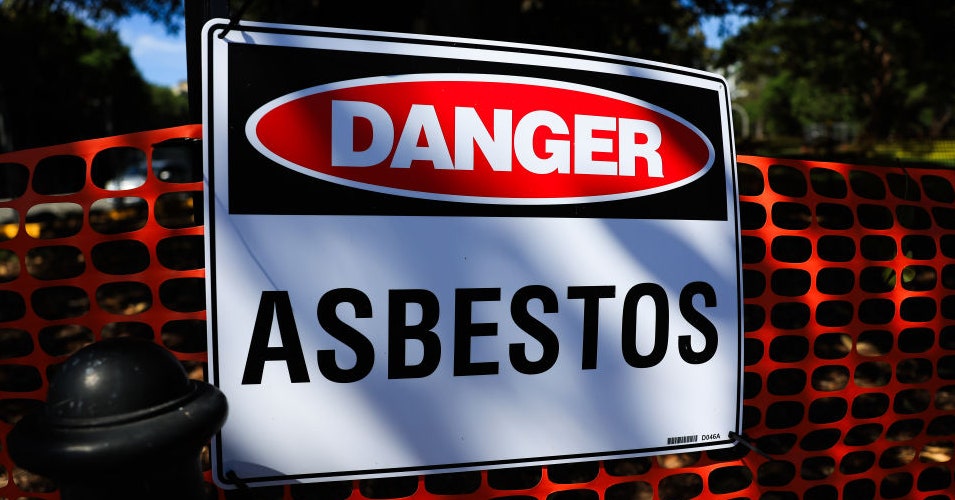Trump Administration Reconsiders Ban on Asbestos, Raising Health Concerns
Background on Asbestos and Health Risks
In a surprising move, the Trump administration has indicated plans to reassess a ban on chrysotile asbestos—an often-overlooked yet hazardous mineral used in several industrial applications. This news comes amidst ongoing litigation initiated under the previous Biden administration, which sought to finalize an extensive prohibition on the use of this cancer-causing substance.
Chrysotile asbestos, commonly referred to as "white asbestos," has been utilized in various products such as gaskets, brake blocks, automotive components, and specific diaphragms in chemical manufacturing. Although its usage has significantly decreased, these applications still pose serious health risks. Asbestos exposure is associated with numerous forms of cancer, including lung cancer, mesothelioma, and ovarian cancer, leading to over 40,000 fatalities annually in the United States, as reported by the Environmental Protection Agency (EPA).
The EPA’s Initial Ban on Asbestos
Under the Biden administration, the EPA took critical steps to institute a ban on chrysotile asbestos, aligning the United States with over 50 other countries that have outlawed its use due to health concerns. EPA Administrator Michael Regan emphasized the imperative need for this action, stating, "The science is clear—asbestos is a known carcinogen that has severe impacts on public health."
The regulation allowed companies a considerable phase-out period, in some cases extending up to 12 years. However, this did not deter the chemical industry from mounting a legal challenge against the regulation, spearheaded by various companies and trade groups, including the American Chemistry Council.
Recent Developments: Reconsideration of the Ban
On Monday, the EPA, now operating under the Trump administration, filed court documents indicating that it intends to reevaluate the ban on asbestos. The agency anticipates that any potential regulatory adjustments will take approximately 30 months. Additionally, the EPA requested a suspension of ongoing court proceedings related to the matter.
Lynn Ann Dekleva, the newly appointed Deputy Assistant Administrator of the Office of Chemical Safety and Pollution Prevention, provided a declaration supporting the reconsideration process. Notably, before joining the EPA, Dekleva was a lobbyist for the American Chemistry Council, which may raise questions regarding potential conflicts of interest.
Industry Influence and Trump’s Position
Concerns about the reversal of the asbestos ban have persisted, particularly given President Trump’s well-known stance on the material. In his 1997 book, The Art of the Comeback, Trump described asbestos as “100 percent safe, once applied,” attributing its negative reputation to organized crime. His support for the industry has also resonated beyond U.S. borders, with Russian asbestos suppliers capitalizing on Trump’s endorsement; in 2018, one company marketed its product with a seal featuring Trump’s image and a statement of approval.
Conclusion
As the EPA undertakes a comprehensive review of the chrysotile asbestos ban, health advocates and environmentalists remain vigilant. The outcome of this reassessment remains uncertain, but it has the potential to significantly impact public health and safety standards across the nation. The ongoing litigation and the evolving regulatory landscape underscore the complexities surrounding the use of asbestos and its implications for human health.




